We know wood
In the refinishing business we often spend time speaking to our clients about the specifics of their floor. Every wood species is unique and comes with it’s own characteristics. Like dogs you should consider some time thinking about what hardwood suites you. If you have existing hardwood you’ll want to know what your options are to turn it into your dream floor. Here we’ll help give you some information to de-mystify hardwood flooring.
Hardness/Cut/Grade
JANKA HARDNESS SCALE: This is a scale rating the density and hardness of wood. Each species is given a number or rating. The image below shows the difference between Hickory and Pine for example. Your dog’s claws will do a number on pine whereas Hickory will have a better chance to stand up to heavy family use.
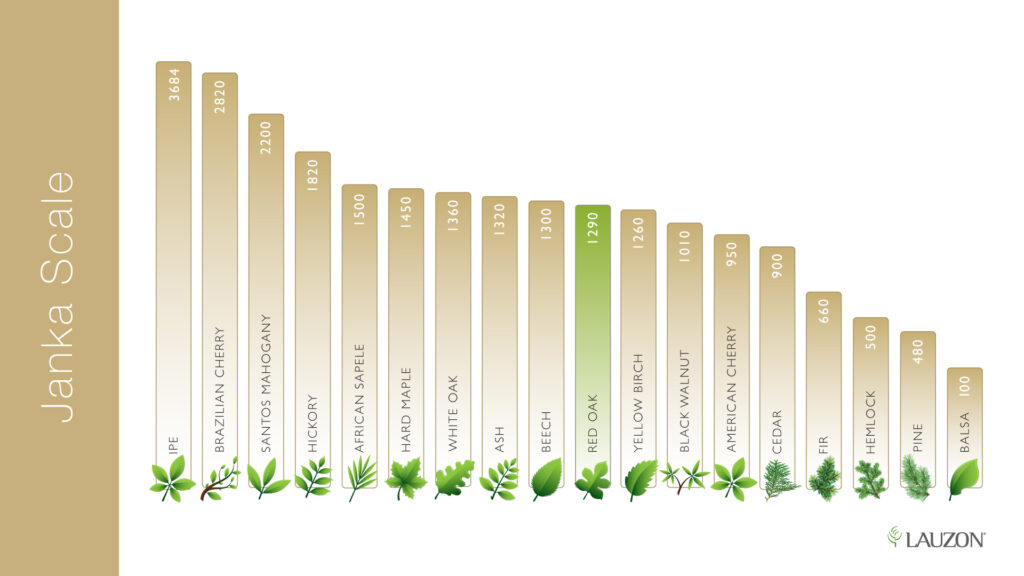
FLAT SAWN/RIFT/QUARTERED: The way a tree is cut determines the grain pattern on top. Graf Custom Hardwood does a fantastic job of showing this in an illustration. The majority of woods are plane or flat sawn, however, many herringbone oak floors for example are a mix of rift and quartered instead of flat sawn.
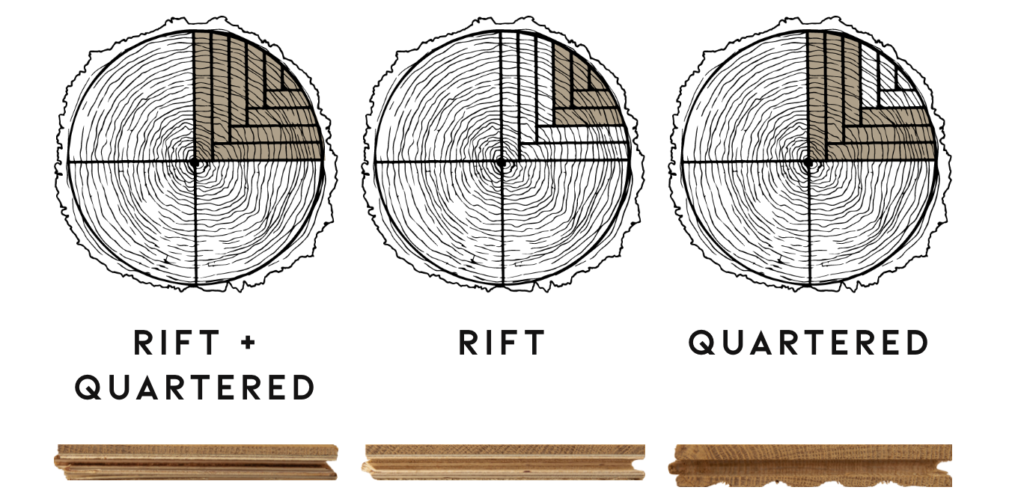
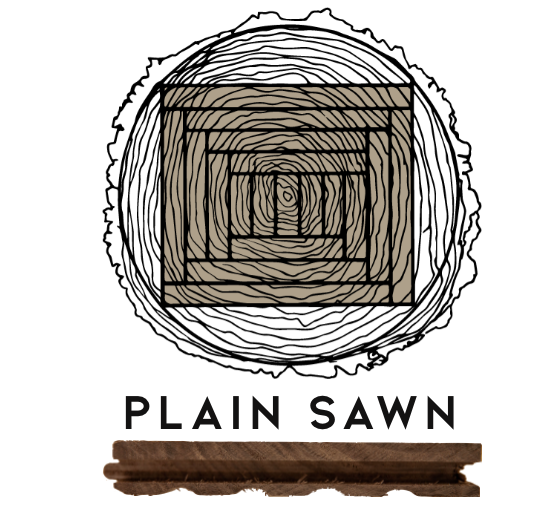
Below are photos of the same species and grade of hardwood but cut differently. You will notice a difference in grain, mineral streaks, knots and wormholes.
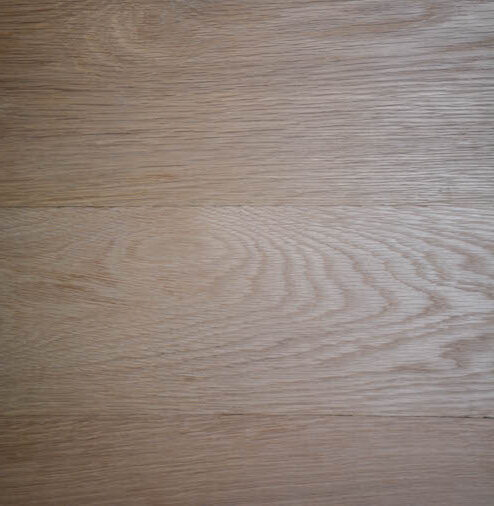
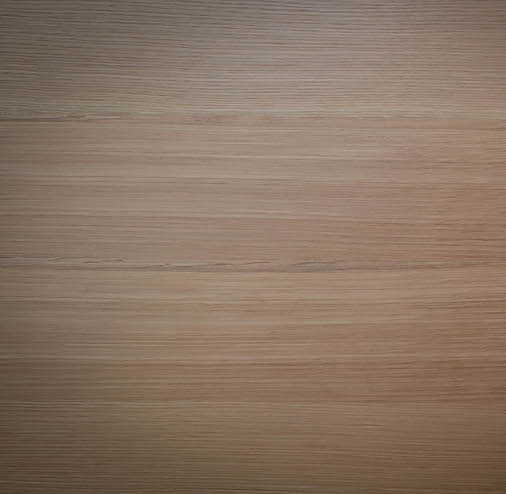
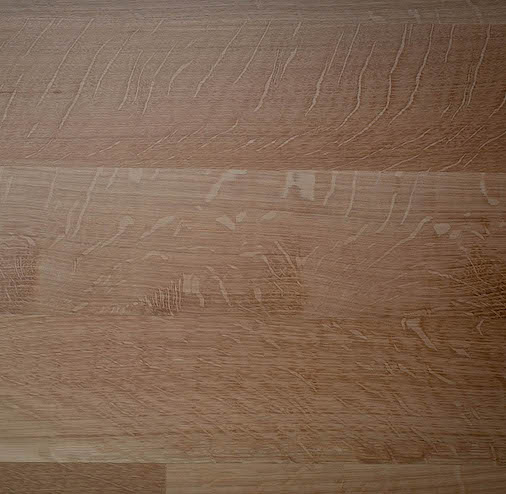
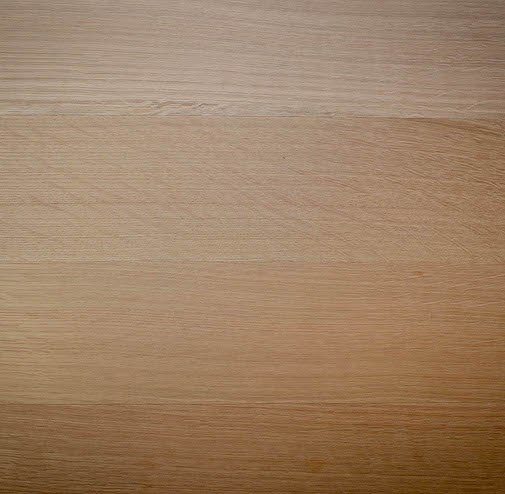
WOOD GRADES: You have different species, different cuts and now different grades. There is a difference between a rustic oak and a clean rift & quartered oak, a big difference! Below is an example of a Maple floor in different grades. The choices are clean, select & better, #1 common, #2 common and rustic(or character). Can you spot which is which?

Species
There are many species to choose from so we’ll just cover the most common that we see in our shop.
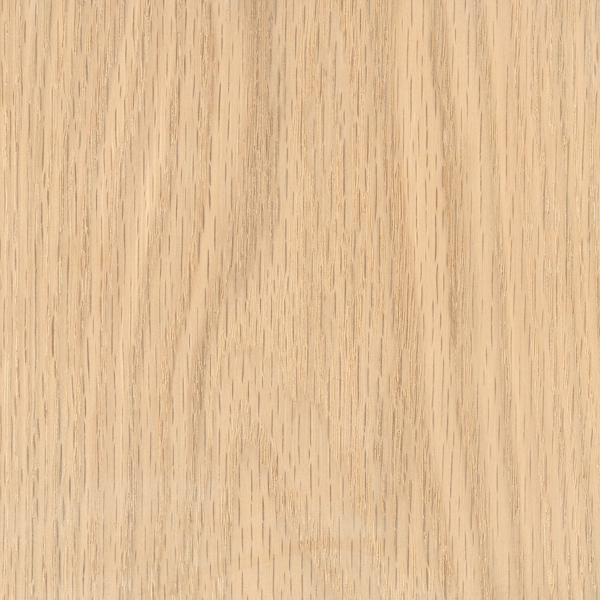
Red Oak
Janka Hardness: 1,220
From: Northeastern US, Southeastern Canada
Characteristics: Light to medium brown with a reddish cast (white oak is slightly more olive coloured). Grain is straight with a course, uneven texture. Pores are large and open.
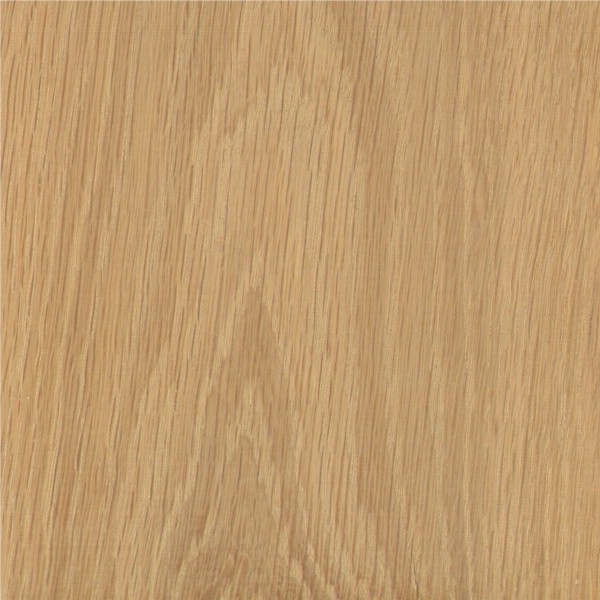
White Oak
Janka Hardness: 1,350
From: Eastern United States/Europe/Northern Asia
Characteristics: Light to medium brown. Quatersawn sections display prominent ray fleck patterns. Grain is straight with a course, uneven texture.
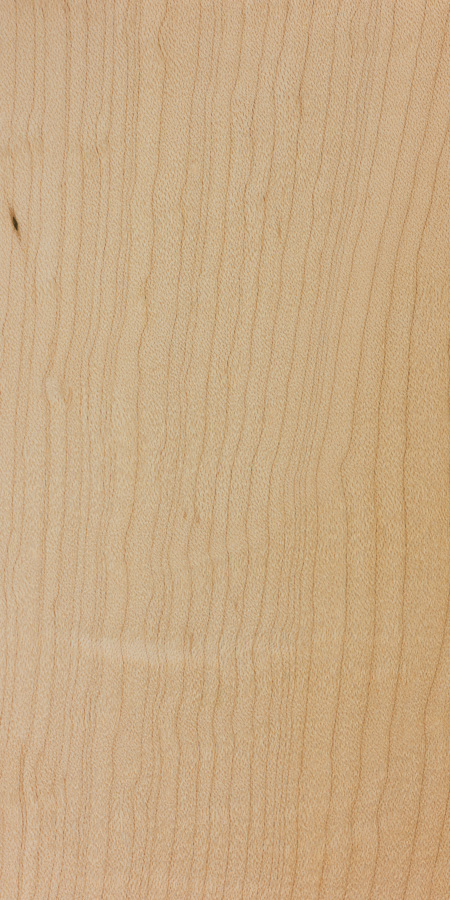
Hard Maple
Janka Hardness: 1,450
From: Northeaster North America
Characteristics: Maple’s sapwood colour ranges from nearly white to off white cream colour. Grain is generally straight but wavy with a fine even texture.

Yellow Birch
Janka Hardness: 1,260
From: Northeastern North America
Characteristics: Very similar to maple but with a loopier less jagged grain. Tends to be light reddish brown except sapwood which is nearly white. Grain is generally straight or slightly wavy with a very uniform appearance.
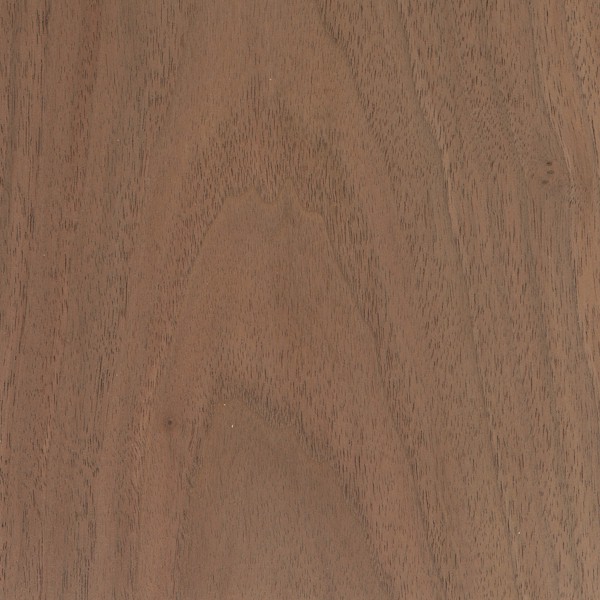
Black Walnut
Janka Hardness: 1,010
From: Eastern United States
Characteristics: Ranges from light to dark brown with an amber hue. Grain is usually straight but can be irregular. Has a medium texture and moderate lustre.
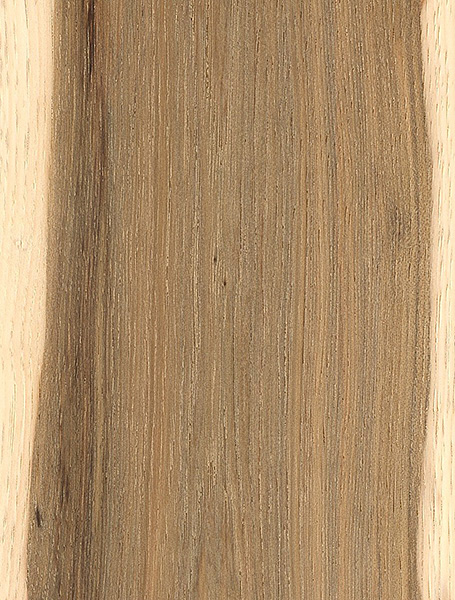
Hickory
Janka Hardness: 1820
From: Eastern United States
Characteristics: Light to medium brown. Boards contrasting heartwood and sapwood create contrast and a rustic appearance. Grain is usually straight though occasionally wavy with a medium texture. Pores are medium-sized and open.
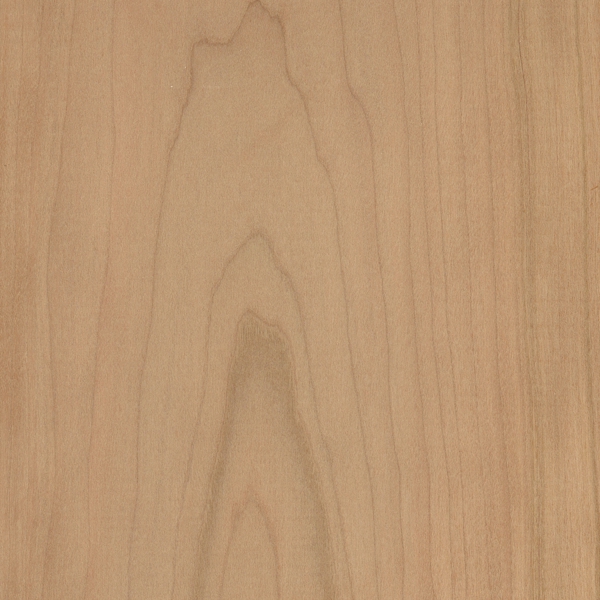
American Cherry
Janka Hardness: 950
From: Eastern North America
Characteristics: Ranges from light pinkish brown to a medium redish brown mixed with pale yellowish sapwood. Grain is usually straight with some figured pieces with curly grain patterns. Has a fine, even texture with moderate natural lustre.
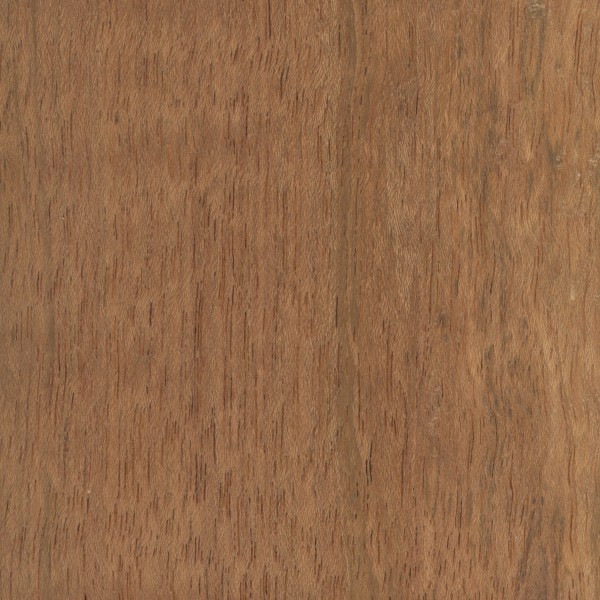
Brazilian Cherry (Jatoba)
Janka Hardness: 2,690
From: Central America, Southern Mexico, Northern South America, West Indies
Characteristics: Varies from light orangish brown to darker redish brown sometimes with grey streaks. Darkens with exposure to light. Grain is typically interlocked with a medium to coarse texture. Good natural lustre.
Curiosity Peaked?
Curious about wood species? The Wood Database is a fantastic website covering almost all known wood species. We also love what Graf Custom Hardwood has done to give graphics showing information that is covered in this blog. Still have questions? Well we are always here to help, it’s what we do.
